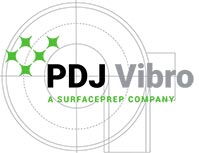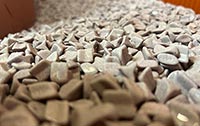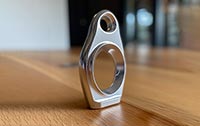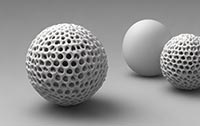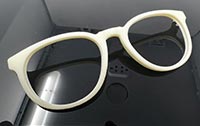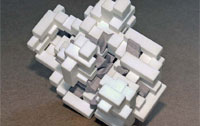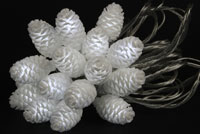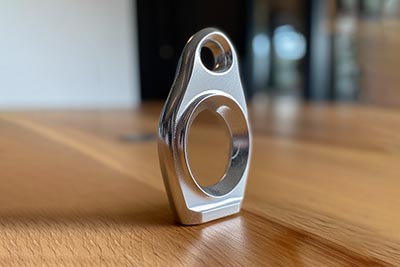
In the ever-progressing world of 3D printing, the finish quality is just as significant as the printing process itself. Amidst a host of finishing techniques, vibratory finishing stands out due to its adaptability and broad-based applicability. Nonetheless, it's important to acknowledge that while it excels in various areas, it does encounter certain limitations. This article will discuss how vibratory finishing can deal with a diverse range of part sizes and shapes, its struggle with small recessed areas, and its limited effectiveness on heavily lined 3D printed components. We'll also touch upon how PDJ Vibro's expert team, with decades of experience, can assist with trials for vibratory finishing.
An Introduction to Vibratory Finishing
To appreciate the flexibility and limitations of vibratory finishing, we must first understand what it entails and how it functions. Vibratory finishing is a mass finishing process used to deburr, clean, and refine the surface of manufactured parts. It utilises a vibratory machine that generates oscillations, prompting the parts and the media (typically ceramic, plastic, or metallic particles) to rub against each other. This friction results in a uniform and smooth finish.
The Broad Spectrum of Vibratory Finishing
Vibratory finishing's versatility lies in its ability to manage a wide variety of part sizes and shapes. This flexibility is largely due to the machine's design and the vibratory process itself. However, it's equally crucial to recognise the areas where this process may fall short.
Accommodating Varied Part Sizes
Vibratory finishing is capable of catering to an extensive array of part sizes, from minuscule components to larger, intricate parts. The vibratory tub or bowl can be selected or designed based on the size and volume of the parts being finished. This makes vibratory finishing a valuable tool for operations of all scales, from small-batch production to high-volume manufacturing.
Handling Diverse Shapes
Vibratory finishing is adept at managing parts of various shapes, from simple geometric forms to more complex designs. However, it's worth noting that it may struggle to reach small, recessed areas effectively.
The Impact of Vibratory Finishing on 3D Printed Components
In the context of 3D printing, the versatility of vibratory finishing becomes increasingly valuable. It's capable of processing a wide variety of 3D printed parts, irrespective of their shape, size, or material.
Vibratory finishing is particularly effective in reducing the visibility of layer lines commonly seen in 3D printed parts. However, for parts with heavy lines, such as those produced by Fused Deposition Modelling (FDM), while vibratory finishing can improve the surface finish, it may not wholly flatten these lines.
Trials at PDJ Vibro
Understanding the capabilities and limitations of vibratory finishing can be a complex process. Fortunately, PDJ Vibro, with their team of experts boasting decades of vibratory finishing experience, offers trials for those considering this process. Their experts can guide you through the process, helping to optimise the vibratory finishing method for your specific parts.
Concluding Thoughts
While vibratory finishing offers a broad-based and flexible solution within the realm of 3D printing, it's crucial to recognise its limitations. Its ability to handle a wide range of part sizes and shapes is impressive, but it may struggle with small, recessed areas, and heavily lined parts may not be completely smoothed. As the field of 3D printing continues to evolve, the demand for more versatile and precise finishing processes will undoubtedly increase. Understanding these strengths and limitations will be key to selecting the appropriate finishing process for your 3D printed parts.
